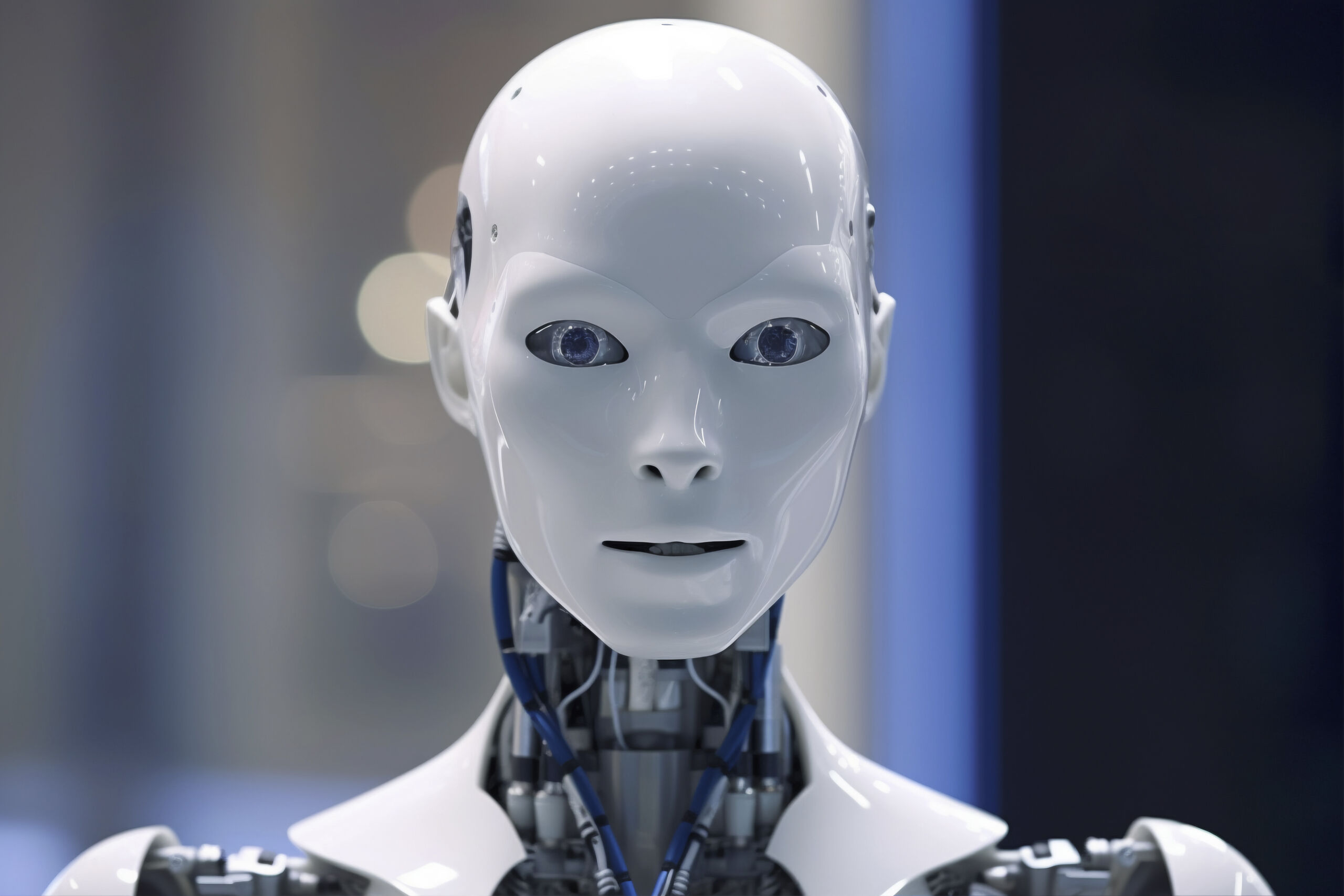The Rise of Humanoid Robots
Humanoid robots have become an increasingly popular topic of discussion in recent years, as advances in technology have made them more capable of performing complex tasks. These robots, which are designed to resemble humans in both appearance and behavior, have the potential to revolutionize industries such as healthcare, education, and entertainment. With the rapid pace of technological development, it is clear that humanoid robots will play an increasingly significant role in our society in the years to come.
One of the key drivers of the rise of humanoid robots is the increasing demand for automation in various industries. As businesses seek to improve efficiency and reduce costs, they are turning to robotics to perform tasks that were previously done by humans. Humanoid robots have the advantage of being able to perform a wide range of tasks, from simple repetitive tasks to more complex activities that require dexterity and flexibility. This versatility makes them ideal for a wide range of applications, from manufacturing and logistics to healthcare and customer service.
Another factor contributing to the rise of humanoid robots is the rapid advancement of artificial intelligence (AI) technology. AI allows robots to learn from their experiences and adapt to new situations, making them more capable of performing complex tasks autonomously. As AI technology continues to improve, humanoid robots will become even more sophisticated, with the ability to interact with humans in a more natural and intuitive way. This will open up new possibilities for the use of humanoid robots in areas such as healthcare, where they can assist with tasks such as patient care and rehabilitation.

Overall, the rise of humanoid robots represents a significant shift in the way we interact with technology. These robots have the potential to revolutionize a wide range of industries, from manufacturing and healthcare to entertainment and education. As technology continues to advance, it is clear that humanoid robots will play an increasingly important role in our society, shaping the way we work, live, and interact with one another.
The Impact of Humanoid Robots on the Workforce
While the rise of humanoid robots has the potential to bring about significant benefits in terms of efficiency and productivity, it also raises concerns about the impact on the workforce. As robots become more capable of performing complex tasks, there is the risk that they could replace human workers in a wide range of industries. This could lead to job losses and increased inequality, as those with the skills to work alongside robots benefit while others are left behind.
However, it is also important to consider the potential benefits of humanoid robots in terms of creating new opportunities for workers. As robots take on more routine and repetitive tasks, humans will be able to focus on more creative and strategic activities that require human intelligence and intuition. This could lead to the creation of new job roles and industries that we cannot even imagine today, as humans and robots work together to solve complex problems and drive innovation.

Ultimately, the impact of humanoid robots on the workforce will depend on how we choose to adapt to this new reality. By investing in education and training programs that prepare workers for the future of work, we can ensure that everyone has the opportunity to benefit from the rise of humanoid robots. By embracing this technology and finding ways to work alongside robots, we can create a more efficient and productive workforce that is better equipped to meet the challenges of the future.
In conclusion, while the rise of humanoid robots presents challenges for the workforce, it also offers significant opportunities for innovation and growth. By working together to harness the potential of this technology, we can create a future where humans and robots coexist in harmony, driving progress and prosperity for all.
The Ethical Implications of Humanoid Robots
As humanoid robots become more advanced and integrated into our daily lives, it is important to consider the ethical implications of their use. These robots have the potential to raise a wide range of ethical questions, from issues of privacy and security to concerns about the impact on human relationships and society as a whole. As we grapple with these complex ethical dilemmas, it is essential that we approach the development and deployment of humanoid robots with caution and consideration for the potential consequences.

One of the key ethical considerations surrounding humanoid robots is the question of privacy and security. As these robots become more sophisticated and capable of collecting and storing data about their users, there is the risk that this information could be misused or exploited. It is essential that we put in place robust data protection measures and privacy safeguards to ensure that the use of humanoid robots does not infringe on the rights of individuals or compromise their personal information.
Another ethical concern related to humanoid robots is the impact on human relationships and social interactions. As robots become more lifelike and capable of emulating human emotions and behaviors, there is the risk that they could replace human companionship and intimacy. It is important that we maintain a clear distinction between humans and robots, and that we continue to prioritize human connection and empathy in our interactions with one another.
In conclusion, the rise of humanoid robots presents a range of ethical challenges that must be carefully considered and addressed. By engaging in open and transparent discussions about the potential risks and benefits of this technology, we can ensure that the development and use of humanoid robots are guided by ethical principles and respect for human values. Only by approaching this technology with a strong ethical framework can we harness its full potential for the benefit of society.
